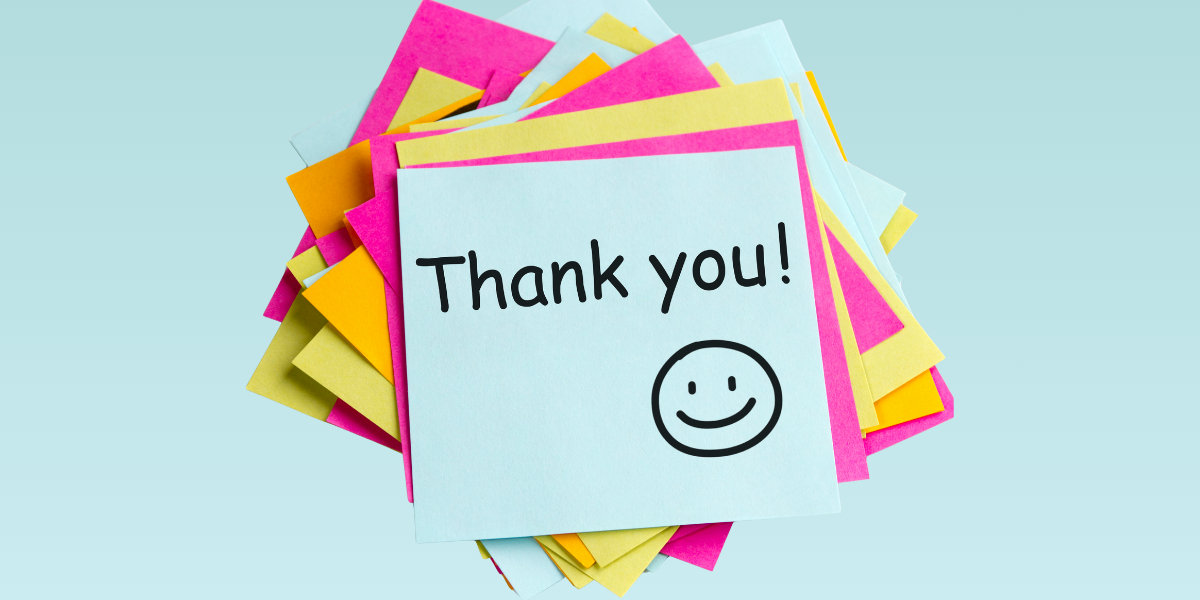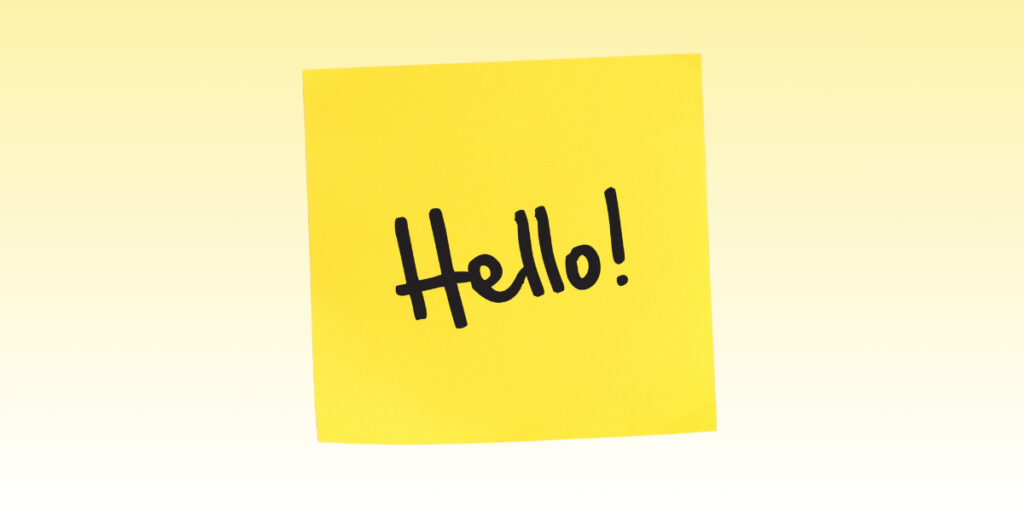
That first encounter in the hallway or during a team video call sets a tone for the entire work relationship. These moments, like greeting colleagues, can feel small, yet they shape daily connection and trust. A warm, timely hello or a simple acknowledgment can make both you and your peers feel respected and welcomed.
Everyone experiences a bit of tension or hesitation around workplace introductions. The right greeting, however, moves conversations from awkward to comfortable in seconds. Whether you’re new on the team or meeting someone for the hundredth time, intentional greetings pave the way for smoother collaboration.
You’ll find practical, realistic strategies in this guide—nothing abstract, no fluff—just tested steps to ensure your next workplace interaction starts off strong. Let’s explore what makes greeting colleagues not just polite, but powerful in building positive professional momentum.
Establishing Presence: Start Every Day on a Positive Note
Begin each day by establishing your presence verbally and nonverbally among colleagues to invite cooperation and rapport. This small ritual frames the workday for everyone who interacts with you.
Pausing for a second at a colleague’s desk or greeting them by name at the coffee machine signals approachability and attentiveness. These moments ground your relationship foundation in respect and consideration.
Physical Cues Make Words Land
Pair a greeting with open body language: uncrossed arms, a gentle head nod, and direct—though not prolonged—eye contact. People remember how you physically present yourself beyond just words.
If you’re greeting colleagues virtually, turn your webcam on briefly, smile, and acknowledge everyone with a cheerful “Good morning, team!” before muting yourself again. These micro-gestures reinforce inclusion even from afar.
An open posture is inviting. It encourages reciprocation, ensuring your greeting isn’t just a habit but a connection. Try standing to greet a peer if you’re seated, matching their energy and presence for a balanced exchange.
Timing, Tone, and Intention Drive Effectiveness
The timing of your greeting matters. Catch someone deep in a task and you’ll disrupt their flow. Choose natural breaks—morning arrivals, after meetings, or during shared breaks—to offer your hello.
Match the tone to the context. A formal “Hello, Ms. Carter” suits larger group settings, while “Hey Alex, nice work on that report!” feels right in casual one-on-ones. Your intention should convey both respect and presence.
Don’t forget the power of a sincere tone. Enthusiasm, not volume, draws others in. Think of your greeting as the opening notes of a song; the right start tunes the entire interaction for harmony and clarity.
| Greeting Type | When to Use | Body Language | Takeaway Action |
|---|---|---|---|
| Formal Hello | First meetings, execs | Upright, handshake | Use name, maintain eye contact |
| Casual Hey | Daily encounters, friends | Smile, relaxed posture | Personalize, nod as you speak |
| Virtual Wave | Video calls | Smile, wave | Unmute, use friendly tone |
| Nonverbal Nod | Busy settings, open office | Head nod, brief eye contact | Pair with light smile or eyebrow raise |
| Cultural Greeting | Multicultural teams | Respectful gesture | Mirror the other person’s custom when known |
Building Trust Through Consistency
Consistent greetings anchor workplace relationships in familiarity and predictability. Colleagues relax when they know you’ll acknowledge them reliably, regardless of rank or role.
Over time, a reputation for steady, thoughtful greeting colleagues can transform how you’re perceived, leading to smoother workflows and greater trust.
Set a Routine, Let Others Rely on You
Start or end meetings with a greeting to set expectations. For remote work, a simple “Hi all, hope you’re well today!” helps everyone transition from silence to participation.
- Greet new arrivals: Welcome new team members with names and warm language to break the ice and show support by making introductions or giving a brief orientation.
- Say goodbye at the end of shift: A quick “Have a good afternoon, Chris!” signals both gratitude and closure, establishing your reliability and positivity as a team player.
- Greet consistently at recurring events: Use inclusive language like “Glad to see everyone for our Monday huddle,” setting a predictable routine everyone can count on.
- Follow up after time away: “Missed having you in yesterday’s meeting, Sam!” acknowledges absence and restores connection without putting anyone on the spot.
- Make exceptions for overload: If someone seems rushed, a wave or quick nod is enough—respect their focus, but don’t skip acknowledgment altogether, keeping the line of civility open.
Adapting your greeting to someone’s situation keeps relationships smooth without seeming intrusive or stilted. Everyone wins when greetings become mindful routines, not generic tasks.
Using Shared Language Rituals
Colleagues often gravitate toward catchphrases or inside jokes. Participating in these rituals signals loyalty and camaraderie, even beyond formal greetings.
- Share common phrases: “Hey team, ready for another round?” ties you to group culture and invites lightness.
- Echo other’s words: Mirror a colleague’s greeting style without mimicking it. If your manager starts calls with “Hello team!” try responding with, “Great to see the team altogether.”
- Create a team-specific greeting: Some workplaces develop unique sign-ons—anything from “Top of the morning, crew!” to a subtle inside joke. This adds personality and coherence to routine.
- Acknowledge milestone greetings: For birthdays or work anniversaries, a thoughtful “Happy 3 years, Jasmine!” boosts positivity and morale, blending celebration into day-to-day communications.
- Support consistency: When someone changes up their greeting, continue your usual. Stability reassures others, especially during times of uncertainty or transitions in the company.
Developing consistent rituals around saying hello turns individual courtesy into team-wide culture, driving engagement and dependability.
Choosing the Right Greeting for Any Situation
Exact wording, delivery, and nonverbal cues in greeting colleagues adjust smoothly when you’ve got strong observation skills and practical scripts ready.
Read the room—literally and figuratively—to quickly adapt from formal settings with new partners to informal check-ins with friends or familiar teammates.
Handling Group Greetings Without Awkwardness
Arriving at a meeting with several colleagues? Walk in, smile, and clearly say, “Good morning, everyone!” Don’t single out favorites or skip anyone. Collective acknowledgment ensures no one feels left out.
If joining a virtual call, greet the group and mention team names if there are smaller breakout groups. Static, blanket greetings like “Hi all!” can be followed up after the meeting with individual notes for key teammates to close the loop.
Consistency prevents rudeness by oversight. Over time, peers come to anticipate and mirror your group greeting style, reducing awkward silences at the start of sessions.
Knowing When to Use Humor or Playfulness
Joking greetings lighten tense moods but depend on context. For energetic teams, “Survived another Monday, huh?” gains a smile. For formal groups, keep things straightforward.
Always check the recipient’s response. If someone’s body language remains closed or their answers are brief, revert to neutral greetings. For teams you know well, playful banter can spark creativity or provide midweek resets.
Analogous to seasoning food, a little humor in greeting colleagues enhances flavor, but too much can overwhelm. Adjust your approach based on feedback, ensuring warmth without crossing boundaries.
Navigating Greetings Across Cultures and Hierarchies
When greeting colleagues in a multicultural office, basic rules adjust to respect everyone’s comfort zones. Hierarchies also influence which greeting—formal or informal—feels right.
Leading with observation followed by respectful participation ensures you remain thoughtful and adaptable, building bridges across backgrounds and roles.
Adapting Approaches for Multicultural Teams
Notice the preferred greeting of your colleagues: some teams bow, others shake hands or exchange hugs depending on culture. Follow their lead or ask for guidance to avoid missteps.
Use inclusive language. “Hi, team!” or “Welcome, everyone!” avoids awkwardness when you’re unsure.
When working internationally, research national practices—address titles, levels of formality, and typical gestures. For instance, in Japan, a bow is respectful, while in the U.S., eye contact and a firm handshake work well.
Reading the Room: Greeting Senior Leaders and Interns
With senior leaders, keep things crisp and professional: “Good morning, Director Lee.” For interns or new hires, offer a friendly “Welcome on board, Jamie! Let me know if you need anything.”
Direct eye contact, firm handshake, and a slight smile for executives signal professionalism and confidence. For junior staff, a relaxed body, open gestures, and approachable speech establish trust quickly.
This situational flexibility demonstrates social intelligence and earns you a reputation for both competence and kindness.
Making Nonverbal Greetings Count
You don’t always need words to greet colleagues effectively. Sometimes, a glance, wave, or shared smile can establish rapport faster than any script.
Nonverbal cues are vital in busy, crowded offices or noisy environments where words might get lost. They’re also perfect for quick acknowledgments during digital or hybrid meetings where not everyone’s on camera.
Eye Contact and Its Subtle Signals
For brief hallway interactions, a nod paired with direct, respectful eye contact tells a colleague: “I see you, and you matter.” Avoid staring, which feels aggressive or invasive; instead, hold for a beat, then relax your gaze.
If multitasking or on the move, a quick smile, raised brow, or silent wave acknowledges the other person without demanding conversation. These micro-moments of recognition, repeated consistently, reinforce your dependability as a colleague.
In video meetings, glance into your webcam as you greet, emulating natural eye contact. This builds trust and presence, especially when working remotely.
Body Language That Demonstrates Openness
Stand straight, uncross arms, and lean in slightly when saying hello. This posture signals curiosity and willingness to engage, encouraging the other person to drop defenses and reply.
Compare closed-off signals like turning away or folding arms to an open-hand gesture or small forward step—openness prevails. Try “Good to see you!” with a hand wave to widen the impact.
Repeat these habits daily. Over time, they become your signature—people notice, remember, and replicate positive body language throughout the team.
Personalization: Remembering Details Builds Rapport

Personalized greetings show care beyond basic civility. Remember specifics from previous chats to deepen respect and warmth. Greeting colleagues isn’t just routine—it’s relationship maintenance in small, daily increments.
Recall milestones or family updates your colleagues shared—these touches turn quick greetings into moments of genuine connection. Before you say, “Good morning, Priya, how did your daughter’s recital go?” jot a quick note after key conversations to recall details.
Mini-Checklist for Making Greetings Personal—but Professional
Use names when you can—mispronouncing is better than avoiding altogether, but confirm correct pronunciation early in relationships. Reference recent team wins or challenges: “Congrats on that client presentation, David.”
Mention upcoming team events if you know someone’s excited about them: “Enjoy the offsite tomorrow, Jasmine!” Just two seconds of personalization lifts morale far more than generic greetings.
Never overdo it: For acquaintances or busy peers, a personalized detail plus a smile is enough. Avoid discussing sensitive life events unless offered by the other person first.
Finding Balance: Friendly, Not Intrusive
Speak with an energetic but respectful tone. “Morning, Maria! Good luck with your deadline” is supportive, not prying. Respect boundaries: If someone gives brief answers, match their preference until trust develops.
As you build rapport, test deeper greetings based on previous chats. If welcomed, expand the conversation; if not, scale back to neutral hellos. Watch facial expressions and posture for cues.
This approach reassures your colleague you’re attentive, but not overwhelming. Greetings should invite connection, never pressure, reinforcing a community of respect and support.
Final Thoughts: Make Each Greeting Meaningful
Effective greetings create first impressions that last far longer than those initial moments. Every hello, nod, or small remark is another stitch in the fabric of workplace trust and cooperation.
Specific actions—eye contact, tone, personal details—transform greetings from routine to remarkable. These steps aren’t complex, but when repeated daily, they carry enormous weight for team culture and success.
Every time you greet a colleague, you shape the mood of your collaboration. Try one new strategy this week, and notice how your relationships shift for the better.
Frequently Asked Questions
- What’s the best way to greet a colleague I haven’t met yet?
Introduce yourself with your name, extend your hand if culturally appropriate, then say, “Hello, I’m Sam from marketing.” Use a smile, gentle eye contact, and ask for their name in return, ensuring politeness and approachability. - Is email or digital chat an effective way to greet colleagues?
Yes, brief messages work well—especially for remote teams. Start with a greeting and use names: “Hi, Jordan! Glad to connect.” Personalize the note with a small detail or well-wish to encourage more engagement. - How should I adjust my greeting style on virtual calls?
Turn on your camera, say hello before speaking, and use team names or breakouts. Keep it concise, and if the group is large, a general “Hi all!” is courteous and efficient without being impersonal. - What if I forget a colleague’s name during an introduction?
Admit it lightly: “I’m sorry, could you remind me of your name?” Most will appreciate your honesty. When you learn their name—repeat it right away, and, if possible, jot it down for your memory. - Is it necessary to greet every colleague, every day?
A quick nod, wave, or smile is usually enough in larger teams. Prioritize direct greetings for your immediate team, then offer brief, nonverbal acknowledgment to others to demonstrate overall friendliness and professionalism.

Writing Thank You Notes That Stand Out at Work
Discover how to write professional thank you notes with impact.

